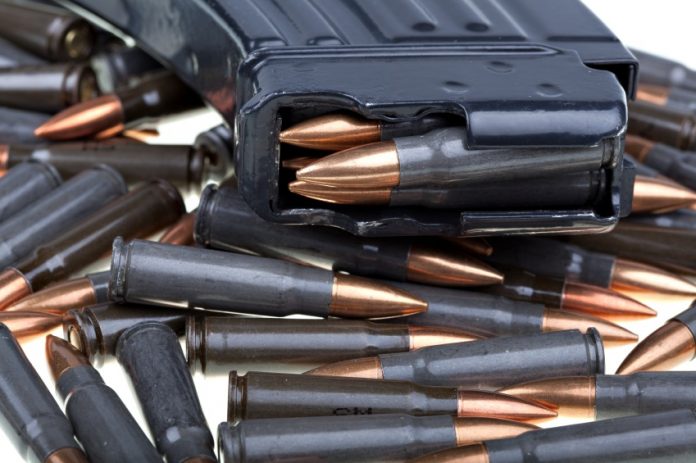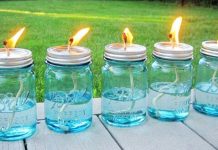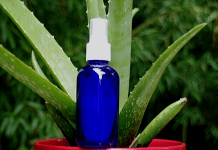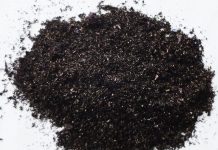“I can’t afford to go to the range, so I don’t get any practice,” I hear this all the time.
Well because ammunition has gotten so costly and difficult to come by, with just occasional surplus availability, I can sympathize. That’s no reason, however for failing to maintain or enhance your shooting abilities.
You will need to make a concerted effort to learn the fundamentals and continuously develop if you want to become or continue to improve.
I made an attempt to improve my skills many years ago as a competitive shooter. I was already placing around 500 rounds a week down the range at the time. For some top shooters, I know this is not a lot, but for anyone on a budget, it gets expensive quickly.
I found ways to develop my shooting skills while saving ammunition after research and interacting with a few top competitors. I hope you’ll be able to use them yourself, and maybe save some cash.
Related: 5 Ammo Stockpiling Mistakes You Are Probably Making Right Now
Practice Your Shooting Skills
I often speak with people who believe that quantity equals quality. It’s going to make you the best thing since sliced bread to put hundreds if not thousands of rounds down the range… well, perhaps.
You have probably heard the saying, “Practice makes perfect.” Until I read one book written by Dan Millman, I had heard it myself and always thought it was true.
The one thing that I took away from that book is the saying “Perfect practice makes perfect.” It makes a lot of sense if you think about it.
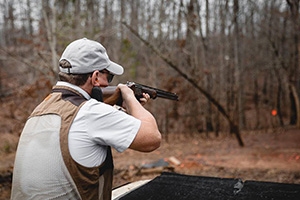

If you have bad technique and make minor errors in your shooting, with every round you put down range, you only reinforce those errors. With perfect technique, a slower, less round approach will build muscle memory of the correct way to do things. When it comes to technique, slow and steady will win the race.
Then it’s time to raise the speed and quantity after you have your reps in, if you have the ammo for it.
I know that most people want to head to the range and blast away, but what are you really accomplishing?
Clone Your Guns
There are a couple of firearms out there that will allow you to buy and accessorize a .22 LR just like your main firearm. This will allow you with this cheaper alternative to practice just about anything, and even get a lot of trigger time, all while saving quite a bit of money.
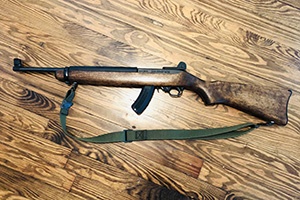

For example, an accessorized Ruger 10-22 and mt to give you the feel of a mini 14. In .22 LR, 1911’s can be ordered, and Ruger provides a 22 RL with the same angle of grip as the 1911. With an AR platform and to some degree, an AK, this can be achieved. It is also much cheaper than full power ammunition, even with 22 LR being often scarce.
For their weapons, some individuals have 22 LR adapters. I do not have one and have heard mixed reviews from those who own them on reliability.
A Ruger Super Blackhawk and even a Single Six sound remarkably similar to a Blackhawk. With the 22 LR Single Six, you can practice and feel confident with only minor changes in shooting its bigger brothers.
I know an additional firearm is quite an investment just for practice, but another great use and useful experience is to use these training firearms in small game hunting. This provides you with field time, which is almost always better than range time.
Related: What Guns to Barter/Sell after SHTF
Practice With Little or No Ammo
Back when I was a competitive shooter, I tried to dry fire my 1911 two or 300 times a night as I watched TV. I also practiced drawing, getting a perfect sight picture and dry firing.
Reloading was another drill I did. I’d cycle all my mags, just drop and reload with a fresh one.Most of this was conducted in front of a mirror so that I could catch major issues.
Then it was on to malfunction drills.
Everyone wants failure drills to be practiced. If you don’t believe it, watch the video of a female police officer shooting a man who attacked her wielding a knife. She was aiming her Glock back up, (Yes Glocks fail too when it jammed. She cleared the jam with her excellent training and kept firing to avoid the attacker.
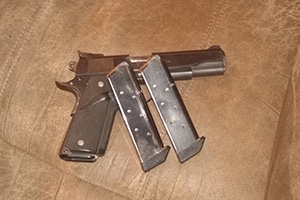

On the 1911 platform, I have extensive training experience, but the training can be translated into any handgun or rifle you want to use.
A few different companies make special firearms dry firing cartridges, just so that while dry firing, you don’t break things internally.
You can practice coming from carrying position to perfect sight alignment and your first shot when you are using dry firing cartridges. Perfect practice = good muscle memory.
You can do some drills to save ammo, but fire rounds actually allow you to get some recoil practice, because that’s important as well.
- Carry to perfect sight alignment and first shot on target.
- One shot, reload, followup shot on target.
- Double tap on target, reload, repeat.
These practice sessions will save you a lot of ammo vs. blasting down range, with the added advantage of them making you having better shooting skills.
Such drills are just the tip of the iceberg of what can be achieved with little or no spending on ammo. Do some research, pay for some training, then buy another gun, or a case of ammo, using your savings.
Related: Awesome Places to Hide Your Guns Around The House
What To Buy For Keeping Shooting Skills In Shape
Some are going to argue that you should practice what you carry in your gun with you. I want to agree on a point. You need to make sure the ammo you carry in your gun cycles without a problem. To make sure it runs smoothly without jams, this will mean shooting several boxes.
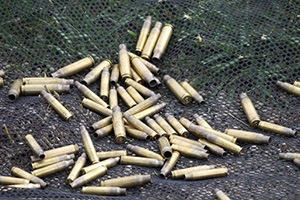

For handguns, I suggest any premium defense round that runs through your weapon. Once you have figured this out and have seen your handgun with it you can start looking for a cheaper practice option. The important point is that your premium ammo shoots to the same point of sight.
To find one like this, you may have to search through a few brands. It may also not cycle as well as the premium stuff in your weapon. You can look at this as additional training for malfunctions, or you can keep looking.
As for long guns, for your planned use, I recommend buying them. Make sure your weapon likes the ammo you are planning to feed it just like a handgun.
Related: Why You Should or Shouldn’t Consider A Chamber Adapter If You Are A Serious Prepper
How To Store It
Storing your investment can be a little tricky.
I have seen ammo coated in the green goo of corrosion, because moisture got to it.
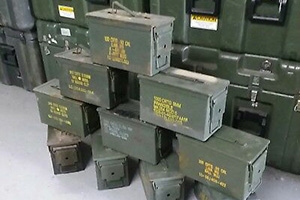

Surplus military ammo cans are some of the best storage I have seen.
They are airtight, waterproof (mine vacuum sealed when I moved from high to lower altitude), and will contain any accidental explosion (a friend had 50 BMG stay inside the can during a house fire).
With ammo at a premium, it is necessary to look into any way you can actually improve your shooting abilities while saving ammo and cash. For years, I’ve done it this way, and my shooting abilities are still pretty sharp.



